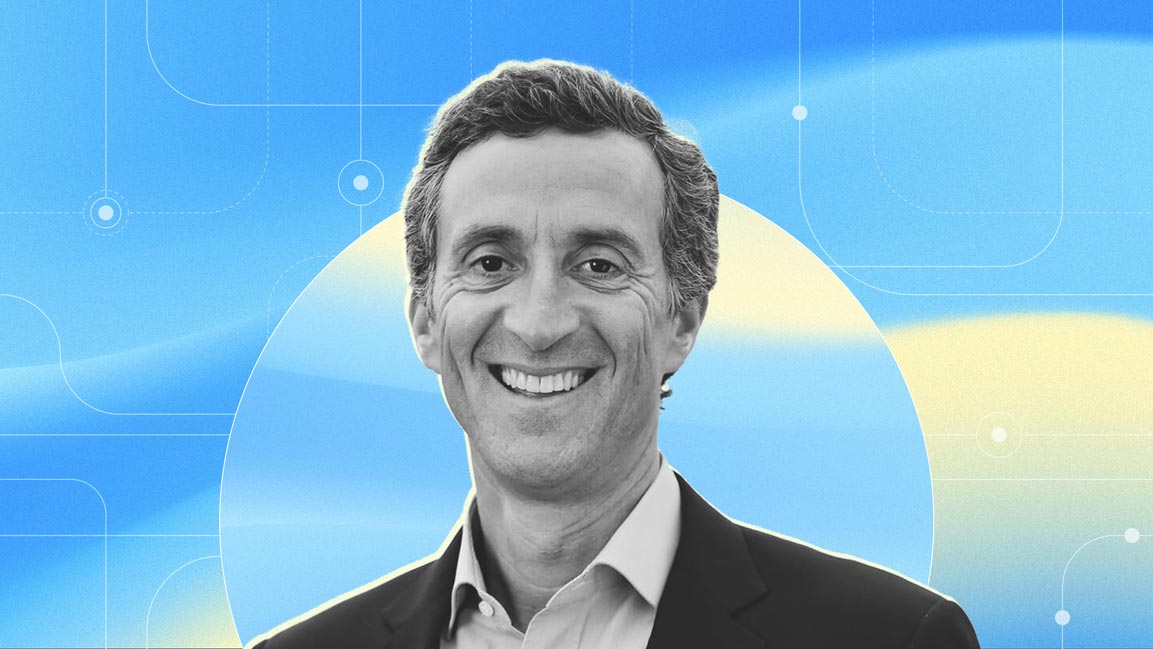- | 10:00 am
Live, work, and play: This MENA developer meets the rising demand for connected communities
Good design has the potential to empower communities and create connections, says Omar El Hamamsy, Group CEO of Orascom Development.

For years, we have considered concrete housing megastructures, notwithstanding some revisionist tinkering, with green courtyards as salvation. In Urban Renewal 2.0, however, salvation means more than building the green spaces between the towers; it’s creating a community.
When sameness in urban development is seen as a tragic process carried out by overzealous developers or central planners, spaces grow for built environments, rippling out to create connections and influence what kind of cities are actually possible.
“Good design has the potential to empower communities and create connections,” says Omar El Hamamsy, Group CEO of Orascom Development. “Human-centric communities can harmonize the built environment and nature.”
CONNECTED COMMUNITIES
The hospitality and real estate developer is focusing on creating integrated towns and building communities rooted in local culture but appealing to an international clientele. Its recent Keys of Life 2024 research found that people feel their best in a place where they can live, play, and work.
So, the mindset that drives the integrated towns is connection and togetherness.
“We know that simply building communities is not enough. Traditional cities and towns are struggling with residents who don’t feel like they are in the right place,” says El Hamamsy.
He says there’s a surge in demand for integrated communities in the MENA region. “There is a strong desire for cohesive, caring, and connected communities.”
One major factor driving this demand for integrated towns is loneliness, says El Hamamsy. The research found that about 42% of people in cities report feelings of isolation compared to just 21% in rural areas.
“These places are designed to foster connection and belonging.”
INCORPORATING NATURAL ELEMENTS
The development provides a deep set of features people want, including mobility and dining options, all on-site and easily accessible. It also creates biophilic environments that connect residents with nature, enhancing their mental and physical well-being. This integration keeps people in the ecosystem.
“It’s important for homes to incorporate natural elements and sustainable features,” says El Hamamsy. “In the ever-changing world of home design, we see a growing desire to blur the lines between indoors and outdoors to create environments that integrate nature.”
The development prioritizes resource efficiency by incorporating renewable energy, water conservation, and waste management systems, ensuring they can withstand climate change impacts.
It all started in 1989, when its founder, Samih Sawiris, set out to build El Gouna along Egypt’s stunning Red Sea coast. One of the most sought-after destinations in Egypt, the destination now features luxury marinas, stunning beaches, top-tier dining, recreational options, and eco-friendly facilities.
To replenish the idea of community living, make a place where people really live, something that is not natural in economics today when people often buy things as investments. The developer, apart from amenities, is investing in cultural elements to foster a sense of shared experiences within the community.
“Across our destinations, we organize inclusive cultural and community events. These initiatives help to build a strong sense of belonging, making our residents feel connected and supported,” he says.
WHAT PEOPLE WANT
It’s familiar for city planners and developers in a resource-constrained environment to build more cut-and-died housing complexes. However, times are changing, and so are people’s expectations. Urban projects must be curated to transcend marginal beautification.
El Hamamsy says the design and integration of communal spaces and social hubs like parks and recreational areas should be purposeful.
“Everyone believes that community is about ‘purpose and a sense of belonging.’ Therefore, creating spaces that foster meaningful connections and shared experiences is at the heart of transforming how people work and live.”
There’s also a growing preference for wellness-focused living. “Incorporating holistic wellness elements into a community should extend beyond traditional healthcare and exercise facilities.”
It starts with supporting outdoor activities, access to local produce, promoting mental and physical health, creating communities with green spaces, water features that create serene environments, and renewable energy sources.
“Integrated communities should promote strong connections where everyone feels safe, valued, and included. In terms of design, this means incorporating more communal spaces, recreational areas, and social hubs,” adds El Hamamsy.
Taking the helm at Orascom Development four years ago, El Hamamsy says his focus has been on transforming the business from a family-run business to a multinational company. “Ensuring we not only deliver integrated towns that respond to the changing needs of our customers but also that we achieve sustainable and profitable growth.”
While its unique model of integrated town development has positioned it as a leading real estate player, Orascom Development, which has a diversified real estate portfolio that includes residential home sales, hotel management, and leisure and commercial management, has been seeing increased growth.
“We have seen a 436% increase in hotel earnings from 2021 to 2023.”
In 2023, its total revenues closed strong at around $756 million. “We’ve also seen substantial increases in the average selling prices of our real estate products across all destinations from 2020 to 2023. For instance, in El Gouna, the average selling price surged by 127%,” says El Hamamsy.
Over the years, he says the company is becoming more customer-centric and research-based in its decision-making as it adapts to different regions. “Our ability to listen, learn, and change will be critical to the success of our company.”
Meanwhile, the big idea from which everything else follows, of renewing community life in an urban milieu, is achieved. That clearly has an iconic punch.





































